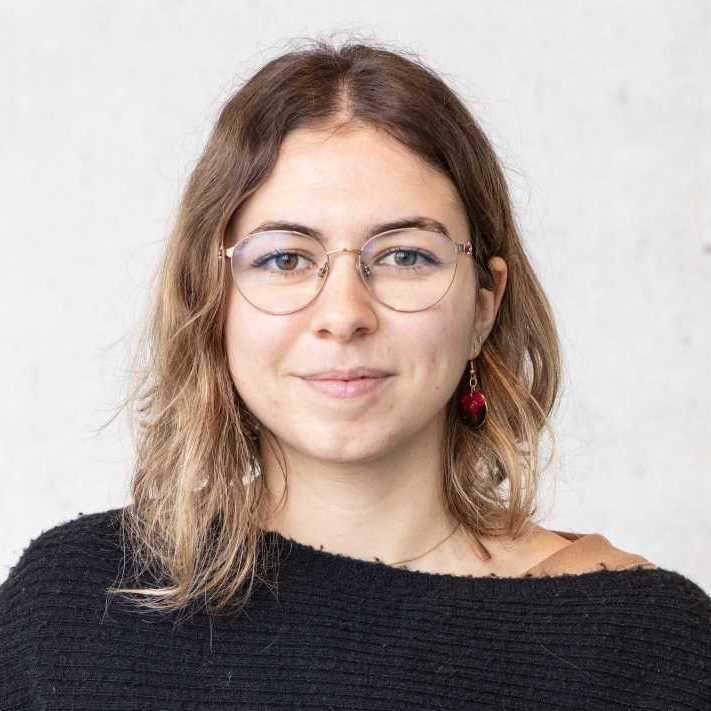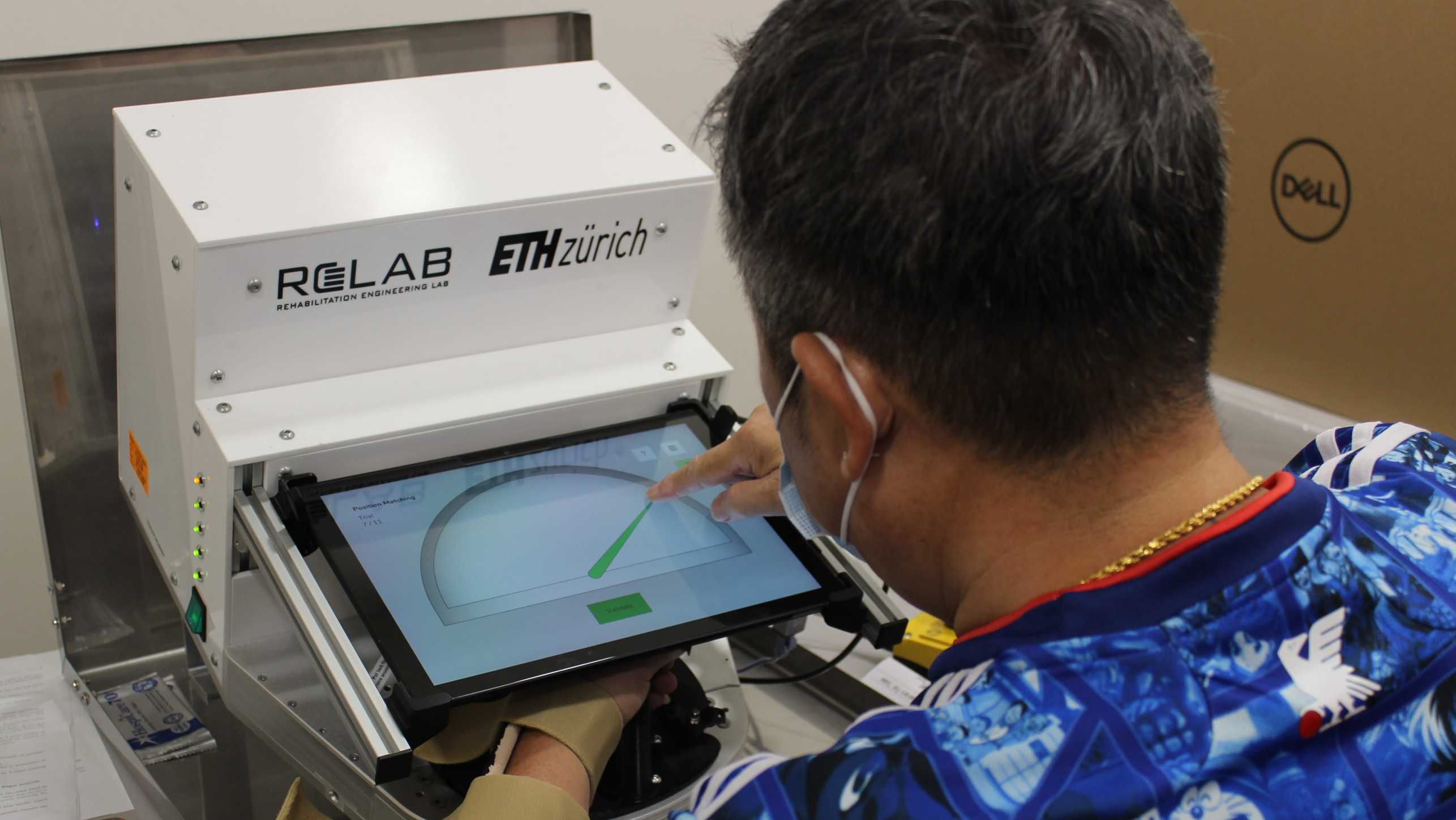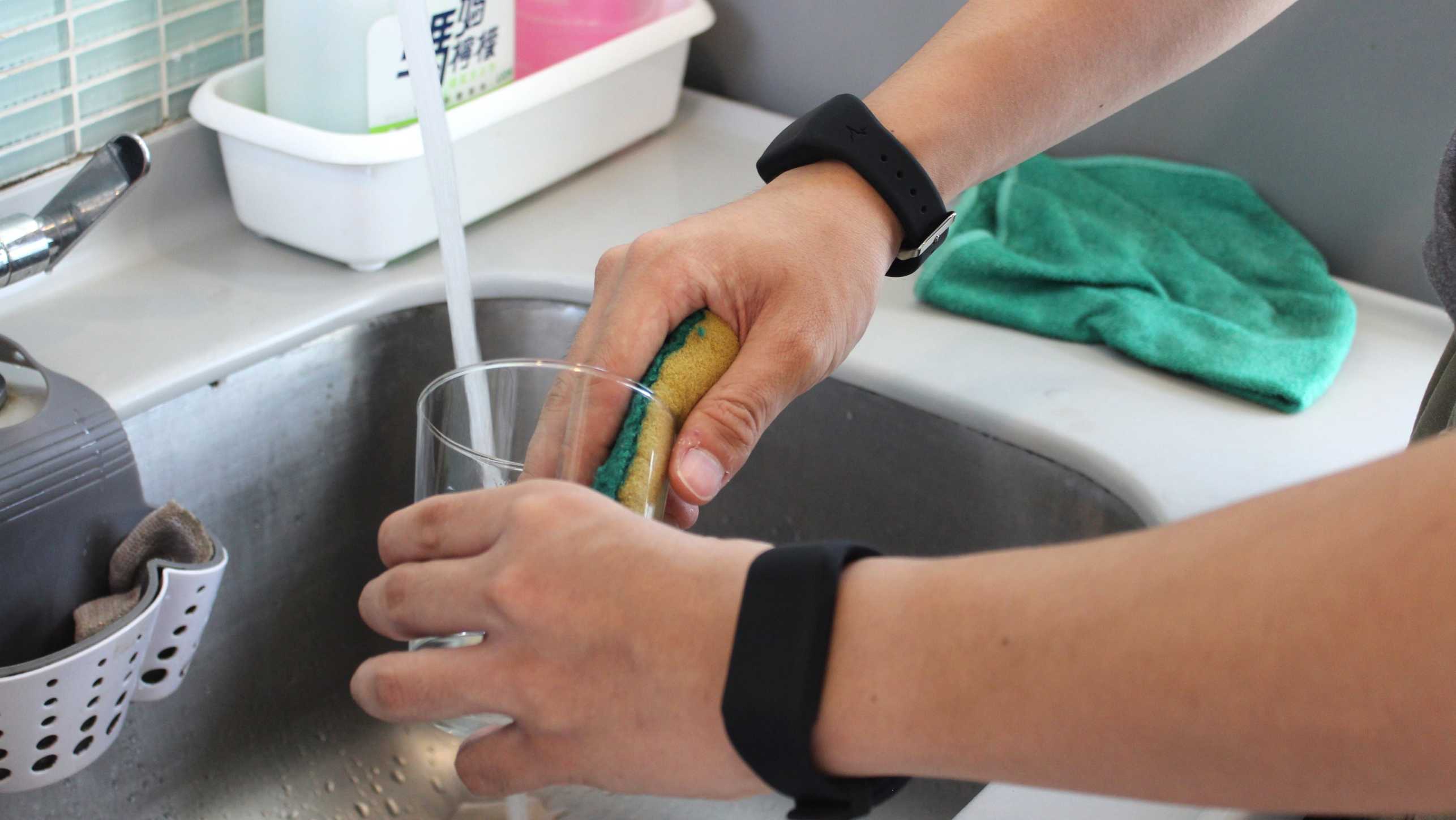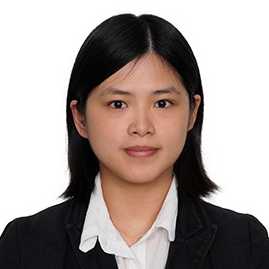
Transforming Stroke Rehabilitation: Impact of Technology-Assisted dIgitaL biOmaRker (TAILOR) platform on Upper Limb Sensorimotor Recovery of Asian stroke survivors
Dr Hsiao-ju (Rita) Cheng, Eva Josse and their team at Future Health Technologies (FHT) investigate the value of tapping into technology-assisted assessments alongside standardised clinical assessments to better inform and predict stroke recovery objectively.
In Brief:
● Dr Cheng and Eva's study is one of the first to integrate technology-assisted assessments alongside standardised clinical assessments to provide a comprehensive understanding of stroke recovery trajectories within Asians.
● Their ongoing study focuses on tracking Asian stroke survivors for up to three years, offering a multi-modal longitudinal data set to discern trends and recovery patterns.
● Digital biomarkers are used to assess stroke survivors' recovery potential and aim to offer better insights on early predictors of post-stroke upper limb recovery and design tailored interventions.
As Singapore grapples with a looming ‘silver tsunami’ and is imminently set to be ‘super-aged’ by 2030, there have been increasing concerns about the incidence and prevalence of stroke. According to the Ministry of Health (MOH)’s most recent statistics in 2022, stroke is currently the fourth leading cause of death and the greatest cause of long-term disability. Daily, approximately 26 new stroke cases are recorded. The severity of stroke is projected to rise further as Singapore’s population continues to age, alongside the increasing rampancy of chronic diseases.
With stroke rehabilitation being crucial to reduce further complications and progress towards recovery, Dr Cheng and PhD researcher, Eva are looking at integrating technology-based assessments to complement standardised clinical assessments, which could holistically inform the trajectory of upper limb impairment and its overall impact on daily life over time.
Bridging Technology and Clinical Assessments towards Objective, Nuanced Insights
For stroke rehabilitation and post-stroke recovery of upper limbs, the conventional treatment plan has been interpersonal physiotherapy and occupational therapy sessions that include several aspects such as:
• Physical Activities: To rebuild stroke survivors’ muscular strength, coordination and relearn how to perform daily life activities.
• Cognitive Training: Stroke survivors can suffer impact on their executive functioning skills (e.g. attention span, memory, cognition and more). Undergoing auditory and/or visual attentional tasks with aid of a therapist can sharpen and boost recovery of cognitive functions.
• Sensory Retraining: Some stroke survivors can experience sensory deficits such as difficulty in distinguishing sensations of pressure or temperature. He/she would have to work with a therapist on sensory re-education exercises to help restore the brain’s ability to interpret senses.
Above all, therapists assess a stroke survivor’s recovery trajectory and potential through activities conducted in the sessions.
However, Eva shares that standardised clinical assessments are subjective in nature. To put things into perspective, she raises an example of a therapist rating a ‘5’ on a scale of out of 10 for two stroke patients on their motor coordination skills when pouring water into a cup as an assessment.

“What’s missing is a more fine-grained assessment to capture nuances – essentially what is different between the two ‘5s’ rated for both stroke survivors?”Eva Josse
In consideration of the subjective nature of standardised clinical assessments, intervention by technology-assisted assessments might just be the missing link. This is where Dr Cheng and Eva’s study comes in – supporting existing standardised clinical assessments with data-driven solutions that aim to personalise and optimise rehabilitation programmes to enhance stroke survivors’ reinsertion into their communities.
Shaping the Future of Stroke Rehabilitation: A Multi-Modal Tailored Stroke Recovery Plan
Dr Cheng and Eva pride their study to be one of the first to investigate the added value of technology-assisted assessments to deepen understanding of specifically Asian stroke survivors’ sensorimotor recovery process for up to three years. To date, the ongoing study’s desired goal is to recruit up to 400 participants with Asian origins, from the Tan Tock Seng Hospital (TTSH) Rehabilitation Centre.
Why the particular focus on this demographic over such an extended period of time? Both researchers share that existing studies were primarily focused on Caucasian populations, disregarding that Asian profiles are different in terms of a higher stroke incidence rate and recovery patterns. Furthermore, a longitudinal study better characterises the relationship between upper limb recovery and independence/ quality of life when stroke survivors transit from clinical to community settings.
Notably, another aspect that differentiates this study is that the study participants are also interviewed quantitatively and qualitatively to gain psycho-social insights at 6-, 12- and 24-months post-stroke. The face-to-face questionnaires and qualitative interviews cover various domains: perception related to identity, impairments, rehabilitation journey and their perspectives on mental health, spirituality, and social support.
Namely, the Rehabilitation Engineering Laboratory (RElab) at ETH Zurich’s external page Virtual Peg Insertion Test (VPIT), external page ETH Motor Impairments and Kinesthetic Evaluation (MIKE) and wearable sensors are employed to measure aspects such as velocity, coordination and strength of patients’ motor movements.


Except for the wearable sensors, the other two technologies are used on stroke survivors during rehabilitation sessions in hospital settings. After stroke survivors are discharged and return to their community, the wearable sensors are used on them for data collection of their daily life upper limb usage. ‘Digital biomarkers’ which are derived metrics from the technology-assisted assessments are then used for a holistic and nuanced assessment of one’s personal upper limb impairment recovery post-stroke, for instance the patient’s movement quality.

“From there, the observed patterns and trends outlined would benefit in identifying subgroups and then the bigger step is building a prediction model based on an extensive database of study participants.”Dr Hsiao-ju (Rita) Cheng
Eva aptly sums up their study's mainstay: “We’re not replacing therapists but better understanding and supporting the [stroke survivor’s] recovery process. By using tech-assisted assessments, we can spot a stroke survivor's individualised recovery curve and potential. Especially for stroke survivors with poor recovery potential, we can act on it by deciding which interventions to take such as compensation for certain movements. This is motivational and optimises the stroke survivor’s recovery process.”
By leveraging technology-assisted and clinical assessments in tandem with quantitative and qualitative data insights, Dr Cheng and Eva’s study is promising in shedding light on nuances within stroke recovery profiles at sub-group and possibly individual levels within Asians. Identifying early predictors of upper limb recovery not only informs better decisions in tailoring respective treatment and intervention measures for individual needs but could possibly empower stroke survivors on their journey to better recovery.
If you would like to know more about the study, you can write in directly to or .
Cheng, H-J., Chin, L. F., Kanzler, C. M., Lehner, R., Kuah, C.W. K., Kager, S., Josse, E., Samkharadze, T., Sidarta, A., Gonzalez, P. C., Lie, E., Zbytniewska-Mégret, M., Wee, S.K., Liang, P., Gassert, R., Chua, K., Lambercy, O. and Wenderoth, N. (2023). Upper limb sensorimotor recovery in Asian stroke survivors: a study protocol for the development and implementation of a Technology-Assisted dIgitaL biOmaRker (TAILOR) platform. Front. Neurol, 14, 1246888., external page doi: 10.3389/fneur.2023.1246888